Advantages and Disadvantages of 5G TechnologyThe fifth generation of mobile communications is "5G." The new communication technology builds on the strengths of its predecessor, 4G (LTE), but enables far faster data transfer with little to no delay, opening up entirely new application areas. 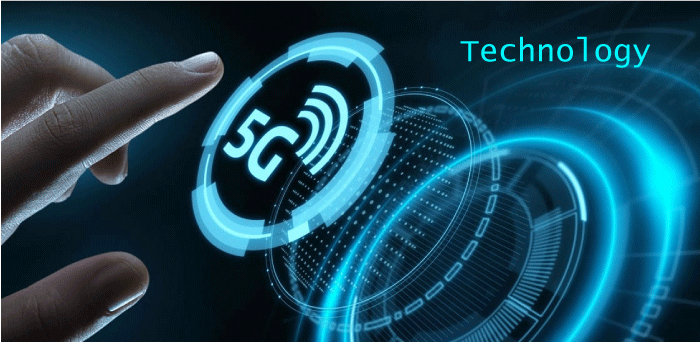
A description of 5G5G has taken the role of the preceding mobile telecommunications technologies GSM (2G), UMTS (3G), and LTE (4G). The 3GPP standards organization is still working on the standardization and development procedures. The main components of the new communication standard are ultrafast mobile internet and digital phone calls. It is a response to the rising levels of traffic on the planet due to digitization and variables like streaming, big data, and the Internet of Things (IoT). 5G is expected to establish new data speed, network capacity, processing speed, reliability, and security standards by making real-time data transfer possible for the first time. This creates various new application opportunities, such as those for Industry 4.0, self-driving automobiles, and the Internet of Things (IIoT). What is the working of 5G?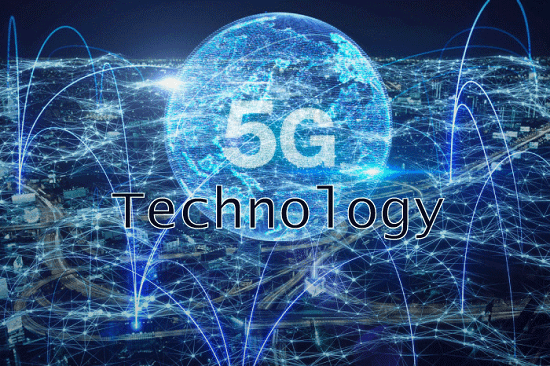
The current 5G technology is not autonomous since it often requires a 4G network to connect. Due to this, this is referred to as 5G non-standalone (5G NSA). Only with independent networks (5G standalone, 5G SA), improved technology in the transmission towers, and suitable devices can 5G's full potential be fulfilled. Faster data transfer is possible at higher frequency ranges. The frequency bands utilized for 5G are new compared to LTE, and there are also many more antennas. In comparison to LTE, which mostly uses bands below 3 GHz, the 5G frequency spectrum now extends to 6 GHz and will eventually encompass frequencies from 24 GHz to a maximum of 100 GHz. As a result, there is now significantly more bandwidth available for data transmission. To offer full coverage, 5G, however, also requires more base stations than LTE does. This is true because it may deliver more data on a higher frequency. But at the same time, the range generally contracts correspondingly. Network slicing:An extensible network that may use for any purpose. The ability to split the network into application-specific layers based on requirements and to continuously run several virtualized subnetworks is one of the most significant technological advancements of 5G. Software-defined networking (SDN) and virtualization functions are these (NFV) technological underpinnings. It is also known as "network slicing" because the 5G network is divided into numerous pieces. Each layer or slice has been created with a specific goal in mind: 1. Enhanced mobile broadband (eMBB): For ultra-high-resolution video streaming, pick enhanced mobile broadband (eMBB) for the quickest connections and fastest data rates. 2. Massive Machine Type Communication (mMTC): For numerous connections with low energy consumption and data speeds (e.g., Internet of Things) 3. Ultra-reliable low-latency communications (uRLLC): For the most trustworthy low-latency connections, use ultra-reliable low-latency communications (uRLLC) (e.g., self-driving vehicles and industrial automation) A wide range of applications can acquire the precise resources they need with the aid of this subdivision. This allows the 5G network to adapt flexibly to certain client groups, services, and market sectors. Targeted Radio Coverage is made Possible via Beamforming.Beamforming active antenna technology boosts the capacity and efficiency of radio coverage. Active antennas on 5G towers allow radio waves to be directed at specific devices within the transmission radius, as opposed to passive antennas, which broadcast radio waves randomly in all directions. LTE already performs beamforming but in a less sophisticated way. What are the Benefits and Drawbacks of 5G?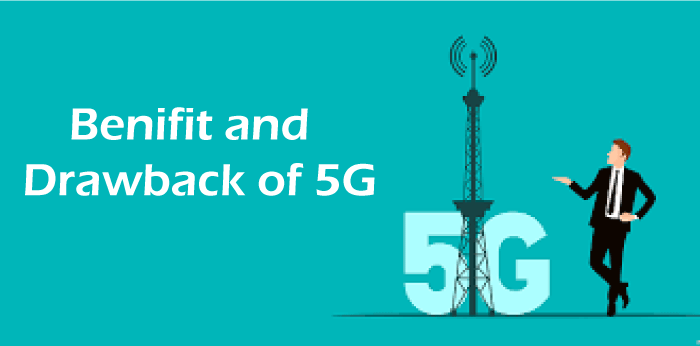
Theoretically, 5G technology can transmit data up to 20 times faster than 4G technology at speeds up to 20 Gbit/s. In addition, 5G promises to deliver real-time data transfer for the first time with latency times of under one milliseconds. Additionally, up to 1,000 times more devices should be able to be networked per square kilometer, and energy use should be lower than with 4G. This creates many brand-new application opportunities in personal and professional scenarios. Applications and Advantages for Business and Industry:
Advantages and Potential Applications for Customers:
Drawbacks:
Which Security Features are Included in 5G?The goal is to make 5G much safer than previous generations by adopting some extra security measures. For example, each network component is independently protected using modern cryptographic techniques. The other components are protected even if some are compromised. Unlike in previous generations of mobile communications, the International Mobile Subscriber Identity (IMSI) is also supplied in encrypted form in the 5G network to block access points for unauthorized parties, such as using IMSI catchers. When a device is roaming or using a foreign network, it provides the domestic carrier cryptographic evidence of the identification of the foreign cellular carrier. This authentication confirmation (AC) ensures the device is connected to a trusted network and that any data shared is secure. Network slicing allows virtual, highly secure networks to exchange sensitive data in a hospital, such as patient data. What Risks Come with Using 5G?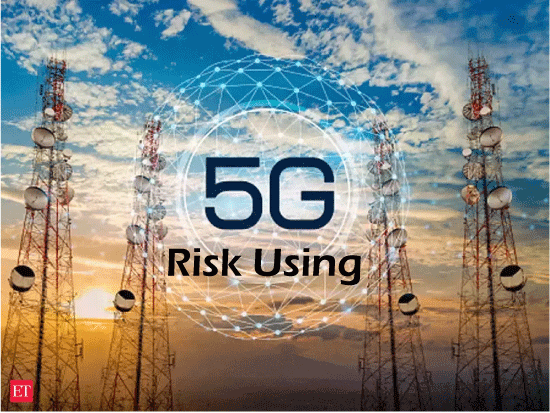
The 5G network also cannot guarantee complete security. Multiple network protocol weaknesses that allowed man-in-the-middle and 5G network service attacks, among other things, have previously been discovered by security experts. Software weaknesses are typically one of the major entry points for hackers. A huge potential risk is involved since the software is a key component of the 5G infrastructure. Backdoors included in network components either at the time of manufacture or later on may also be dangerous since they might allow for data spying or even the execution of sabotage attempts. The possibility of government intervention exists in this situation as well. Chinese network equipment manufacturer Huawei has faced criticism in various locations for being one of the key providers of 5G components. For example, he is accused of engaging in spying on behalf of the Chinese government by the United States. Due to this, Germany's proposed IT Security Act (IT-SiG 2.0) stipulates that crucial suppliers' components must pass a rigorous inspection and that "untrustworthy" manufacturers must not participate in implementing the 5G network. The new cellular standard's popularity will enhance the botnet-based DDoS attacks effect. Because of this, in the future, 5G will allow the networking of even more Internet of Things (IoT) devices at substantially faster data speeds. If they are not well protected, cybercriminals will have far more bandwidth exposed, which they may use for more effective cyberattacks. What Steps have been Taken Toward Putting the 5G Network into Place?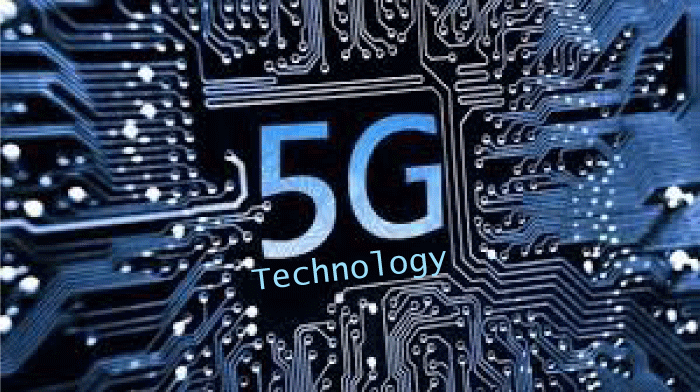
Since 2019, 5G has grown more rapidly in Germany. Although the LTE infrastructure has mostly worked as the technological foundation to date, 5G technology is constantly growing in the form of independent transmission towers and antennas. More than two-thirds of Germans now have access to Deutsche Telekom's 5G network, and coverage is anticipated to increase to 80 percent by the end of 2021 and 99 percent by 2025. Vodafone can now connect to more than 20 million people in Germany via its 5G network. That amount is likely to reach 30 million by the end of the year. By the end of 2021, Telefónica Deutschland hopes to have 5G available to more than 30% of German homes, and by 2025, it hopes to have a "nationwide" 5G network available. By 2025, 5G will be available to one-third of the world's population. The GSMA predicted that the new communications standard might handle up to 1.2 billion connections. The Conclusion:The articles highlight the several facets of 5G technology. The IT industry may benefit in the future as a result of this research. The social and economic benefits of 5G technology will greatly impact society. With the help of 5G technology, individuals may connect with their loved ones while relaxing on their chairs and instantly save enormous Decca bytes of data. Many high-profile security companies increasingly rely on the wireless network system, another benefit of this technology for the nation's security sector. We trust you will find this material useful. |
 For Videos Join Our Youtube Channel: Join Now
For Videos Join Our Youtube Channel: Join Now
Feedback
- Send your Feedback to [email protected]
Help Others, Please Share










